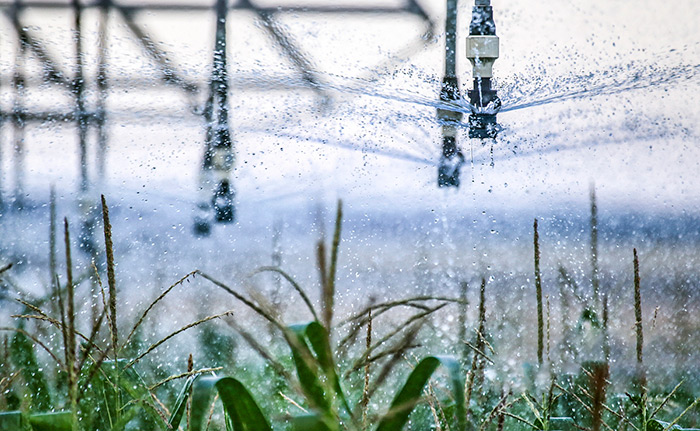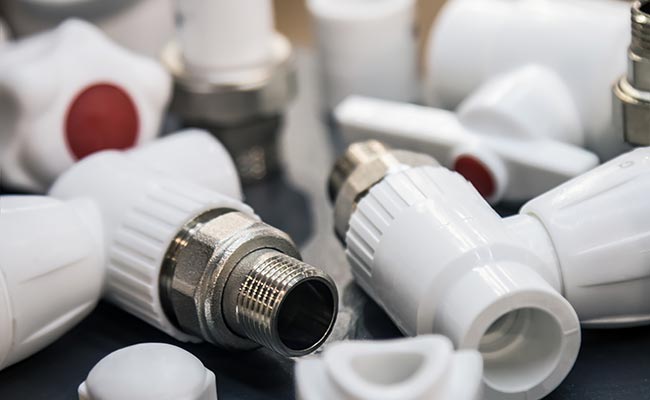Need to control water flow in a pipe? Choosing the wrong valve can lead to leaks, system failure, or unnecessary expense. A PVC ball valve is the simple, reliable workhorse for many jobs.
A PVC ball valve is primarily used for on/off control in fluid systems. It is ideal for applications like irrigation, swimming pools, plumbing, and low-pressure chemical lines where you need a quick and simple way to start or stop the flow of water.
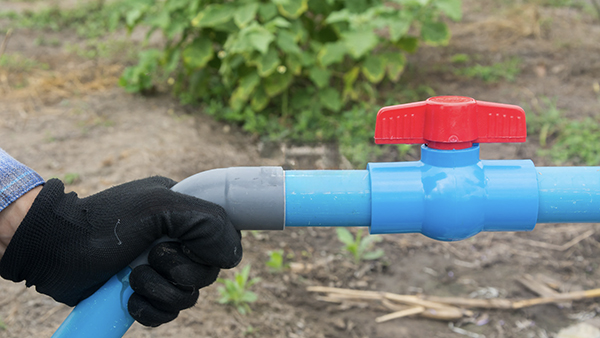
I get questions about basic components all the time, and it’s these fundamentals that are most important. Just last week, Budi, a purchasing manager in Indonesia, called me. One of his newer salespeople was trying to help a small farmer with an irrigation layout. The salesperson was confused about when to use a ball valve versus other types. I explained that for isolating different zones in an irrigation system, there’s no better choice than a PVC ball valve. It’s inexpensive, durable, and provides a clear visual indicator—handle across the pipe means off, handle in line means on. This simple reliability is what makes it the most common valve in so many industries.
What is a PVC ball valve used for?
You see a PVC ball valve in the store, but where does it actually get installed? Using it in the wrong application, like for high-temperature liquids, can lead to immediate failure.
A PVC ball valve is specifically used for controlling flow in cold water applications. Common uses include swimming pool and spa plumbing, irrigation manifolds, home plumbing drain lines, aquariums, and water treatment systems due to its corrosion resistance and affordability.
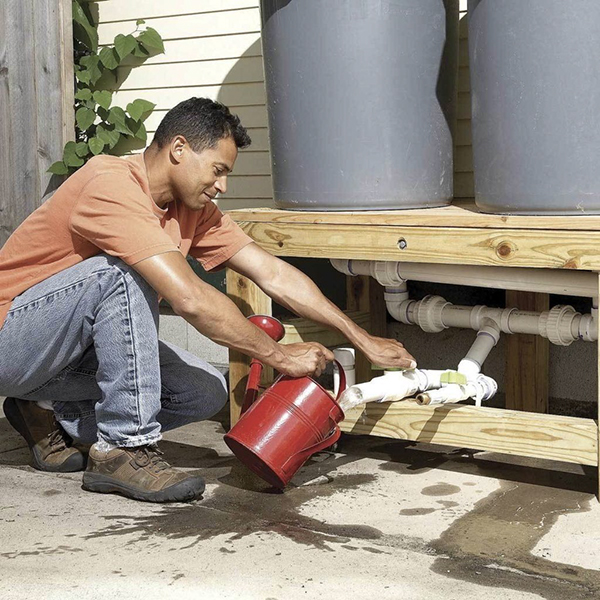
The key to understanding a PVC ball valve’s use is knowing its strengths and weaknesses. Its biggest strength is its excellent resistance to corrosion from water, salts, and many common chemicals. This makes it perfect for pool systems that use chlorine or for agricultural setups that might involve fertilizers. It’s also lightweight and very easy to install using solvent cement, which reduces labor costs. However, its main limitation is temperature. Standard PVC is not suitable for hot water lines, as it can warp and fail. I always remind Budi to train his team to ask about the application’s temperature first. For any cold water on/off task, a PVC ball valve is usually the best answer. It provides a tight seal and long service life when used correctly.
Key Application Areas
| Application | Why PVC Ball Valves are a Good Fit |
|---|---|
| Irrigation & Agriculture | Cost-effective, UV resistant (on some models), easy to operate. |
| Pools, Spas & Aquariums | Excellent resistance to chlorine and salt; will not corrode. |
| General Plumbing | Ideal for isolating parts of a cold water system or for drain lines. |
| Water Treatment | Handles various water treatment chemicals without degrading. |
What is the main purpose of a ball valve?
You need to control flow, but there are so many valve types. Misusing a valve, like trying to throttle with a ball valve, can cause it to wear out and leak prematurely.
The main purpose of a ball valve is to provide quick and reliable on/off shutoff. It uses an internal ball with a hole through it (a bore) that rotates 90 degrees with a turn of the handle to immediately start or stop flow.
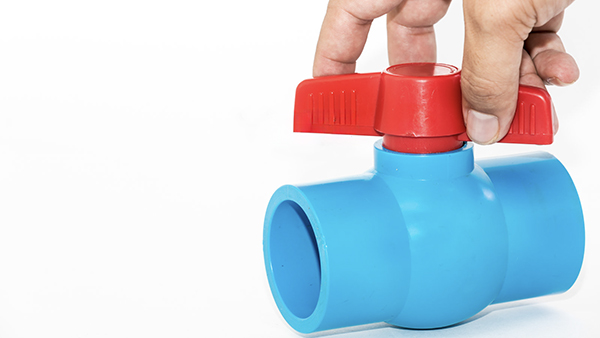
The beauty of the ball valve is its simplicity and effectiveness. The mechanism is straightforward: when the handle is parallel to the pipe, the hole in the ball is aligned with the flow, allowing water to pass through freely. This is the “on” position. When you turn the handle 90 degrees, so it’s perpendicular to the pipe, the solid side of the ball blocks the opening, completely stopping the flow. This is the “off” position. This design is excellent for shutoff because it creates a very tight seal. However, it’s not designed for “throttling,” or leaving the valve partially open to regulate flow. This can cause the fast-moving water to erode the valve seats over time, leading to leaks. For on/off control, it’s perfect. For flow regulation, a globe valve is a better tool for the job.
On/Off Control vs. Throttling
| Valve Type | Primary Purpose | How it Works | Best For |
|---|---|---|---|
| Ball Valve | On/Off Control | Quarter-turn rotates a ball with a bore. | Quick shutoff, isolating system sections. |
| Gate Valve | On/Off Control | Multi-turn raises/lowers a flat gate. | Slower operation, full flow when open. |
| Globe Valve | Throttling/Regulating | Multi-turn moves a disc against a seat. | Precisely controlling the amount of flow. |
Are PVC ball valves any good?
You see the low price of a PVC ball valve and wonder if it’s too good to be true. Choosing a low-quality valve can lead to cracks, handle breaks, and major water damage.
Yes, high-quality PVC ball valves are very good and extremely reliable for their intended purpose. The key is quality. A well-made valve from virgin PVC with PTFE seats and double stem O-rings will provide years of leak-free service in appropriate applications.
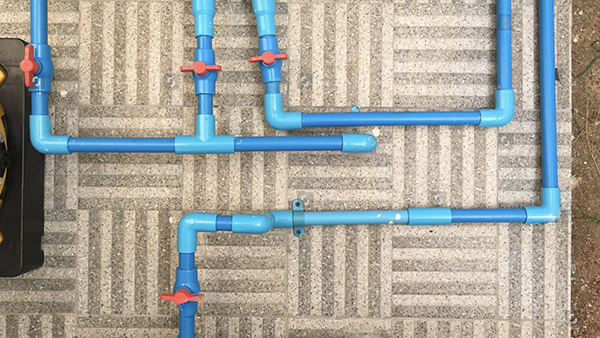
This is where our manufacturing experience at Pntek really comes into play. Not all PVC ball valves are created equal. Cheaper valves often use “regrind” or recycled PVC, which can have impurities that make the valve body brittle. They might use low-grade rubber seals that degrade quickly, causing leaks at the handle stem. A “good” PVC ball valve, like the ones we produce, uses 100% virgin PVC resin for maximum strength. We use durable PTFE (Teflon) seats that create a smooth, long-lasting seal against the ball. We also design our valve stems with double O-rings to provide an extra layer of protection against leaks. When I talk to Budi, I emphasize that selling a quality valve isn’t just about the product itself; it’s about providing his customers with peace of mind and preventing costly failures down the line.
Hallmarks of a Quality PVC Ball Valve
| Feature | Low-Quality Valve | High-Quality Valve |
|---|---|---|
| Material | Recycled “regrind” PVC, can be brittle. | 100% Virgin PVC, strong and durable. |
| Seats | Cheaper rubber (EPDM/Nitrile). | Smooth PTFE for low friction and long life. |
| Stem Seals | Single O-ring, prone to leaking. | Double O-rings for redundant protection. |
| Operation | Stiff or loose handle. | Smooth, easy quarter-turn action. |
What is the purpose of a PVC check valve?
You know a ball valve stops flow when you turn it, but what stops flow automatically? If water flows backward, it can damage a pump or contaminate your water source without you even knowing.
The purpose of a PVC check valve is to automatically prevent backflow. It is a one-way valve that lets water flow forward but instantly closes if the flow reverses. It acts as a critical safety device, not a manual control valve.
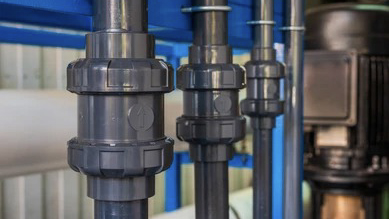
It’s vital to understand the difference between a ball valve and a check valve. A ball valve is for manual control—you decide when to turn the water on or off. A check valve is for automatic protection. Imagine a sump pump in a basement. When the pump turns on, it pushes water out. The flow of water opens the check valve. When the pump shuts off, the column of water in the pipe wants to fall back into the basement. The check valve’s internal flap immediately swings or springs shut, stopping that from happening. The ball valve needs a person to operate it; the check valve operates on its own, powered by the flow of water itself. They are two different tools for two very different, but equally important, jobs in a plumbing system.
Ball Valve vs. Check Valve: A Clear Distinction
| Feature | PVC Ball Valve | PVC Check Valve |
|---|---|---|
| Purpose | Manual on/off control. | Automatic backflow prevention. |
| Operation | Manual (quarter-turn handle). | Automatic (flow-activated). |
| Use Case | Isolating a line for maintenance. | Protecting a pump from back-spin. |
| Control | You control the flow. | The flow controls the valve. |
Conclusion
PVC ball valves are the standard for reliable, manual on/off control in cold water systems. For automatic backflow prevention, a check valve is the essential safety device you need.
Post time: Jul-09-2025


